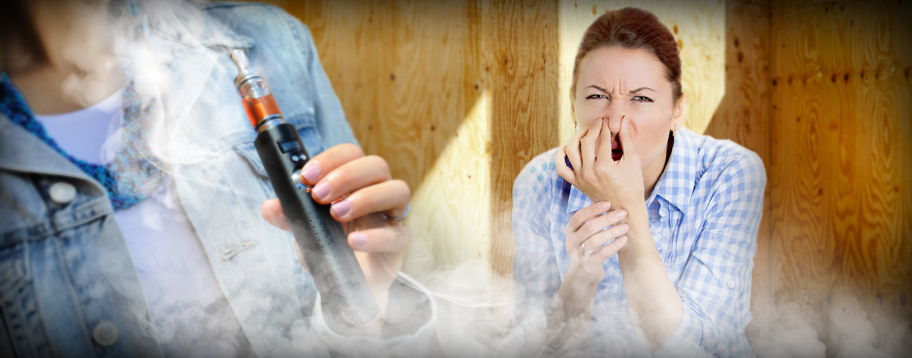‘Second-hand vapour’ Is No Threat

By: Jesse Kline
Not satisfied with having banned cigarettes in just about every place imaginable, regulators and politicians across the country are now setting their sights on fake cigarettes as well.
In Toronto this week, the city’s Medical Officer of Health issued a report calling on the Ontario government to include electronic cigarettes in its anti-smoking law — a change that would make using a personal vapourizer illegal everywhere that cigarette smoking is banned. If that doesn’t happen, the report says, “the Medical Officer of Health will consult with the city solicitor, other city divisions and relevant stakeholders and report to the Board of Health on municipal measures to prohibit e-cigarette use where smoking is prohibited.”
Out West, Vancouver is also considering banning e-cigarettes in parks, beaches and other places where cigarette smoking is not allowed.
In both cases, the justification for clamping down on e-cigarettes in the same. Vancouver Councillor Kerry Jang argues that second-hand vapour may contain “toxic chemicals” and that “e-cigarettes are being marketed” to “children and minors.” Toronto Public Health also cites the “possible health risks associated with exposure to second-hand vapour” and the “impact on youth smoking initiation, and potential to normalize smoking behaviour and undermine existing tobacco control legislation.”
The problem is that there’s not a whole lot of evidence to support these fears, and a wealth of evidence that counters them.
There is not, for example, a whole lot of evidence to suggest that second-hand vapour poses any danger whatsoever. A review of the available literature conducted last year by a researcher at the Drexel University School of Public Health in Philadelphia concluded that “exposures of bystanders … pose no apparent concern.” (Click here to read our original article on the Drexel Study Results)
Another study, published last year in the journal Nicotine & Tobacco Research, looked specifically at the effects of second-hand e-cigarette vapour and found that it “may involuntarily expose nonusers to nicotine” — although that exposure is 10 times less than from tobacco smoke — but “not to toxic tobacco-specific combustion products.” Moreover, there is a large body of evidence suggesting that e-cigarettes are relatively harmless to the people who use them, making claims about the dangers of second-hand exposure even more spurious — especially in well-ventilated outdoor spaces where people can easily move away from someone using the product.
